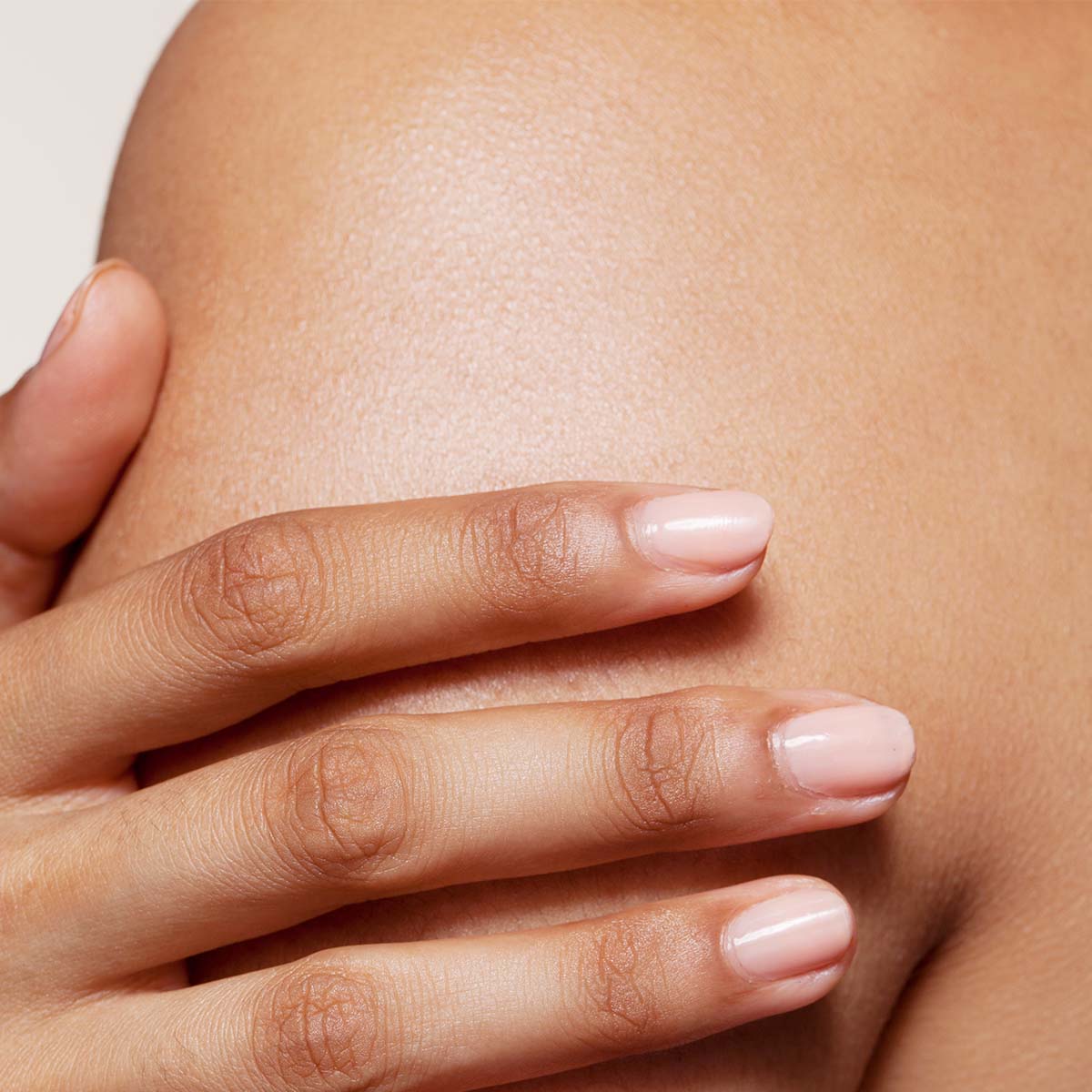
Bumps on your arms or thighs? It’s called Keratosis Pilaris. And 60% of Indian women have it.
Here’s how to get rid of it — for real!
The bumpy truth about Keratosis Pilaris, that no one talks about!
Let’s talk about the rough, bumpy skin no one really talks about.
The little bumps on your arms. The rough patches on the back of your thighs. The uneven texture that just won’t quit. If you’ve ever run your hands over your body and wondered why it doesn’t feel as smooth as it should, you’re not alone.
What you’re likely dealing with is Keratosis Pilaris, also known as KP, chicken skin, or strawberry skin. It’s incredibly common, especially in Indian skin — and just as misunderstood. It’s not acne. It’s not a hygiene issue. And no, scrubbing harder won’t make it go away.
Over 60% of Indian women suffer from KP. And yet, barely anyone talks about it. It's time we change that.
Let’s get into what KP actually is, why Indian skin experiences it more frequently
(and differently), what works and what doesn’t.
It’s when your skin’s natural exfoliation cycle malfunctions. Instead of shedding dead cells every 28-30 days, your skin kind of hoards them. These dead cells then get trapped around your hair follicles, creating tiny clogged plugs. Think: goosebumps that never go away.
The bumps are typically found on:
They may be flesh-coloured, red, brown, or pigmented, depending on your skin tone and
sensitivity. For many people with Indian skin, KP can also lead to post-inflammatory
hyperpigmentation, making the bumps appear darker and more uneven.
KP isn’t dangerous. It’s not contagious. But that doesn’t mean you have to “just live with it.”
If you’ve been hiding your arms or thighs under long sleeves, if you’ve stopped wearing sleeveless tops, or if you’ve just been silently annoyed by how your skin feels, know this: you deserve better.
KP (Keratosis Pilaris): Caused by keratin buildup. Bumps are rough, often dry, and don’t go away with shaving. Not painful. Not itchy (for most).
Strawberry Skin: Caused by clogged or enlarged pores, often following shaving. The dots are darker and look like tiny blackheads.
Ingrown Hair: Caused by hair growing back into the skin after waxing or shaving. Usually inflamed, red, and can be painful or itchy.
Important: These conditions can co-exist — you can literally have all three of them, at the same time! Especially if your skin is dry, sensitive, or exposed to friction, poor-quality razors, or harsh soaps.
Indian skin tends to be:
Let’s break it down:
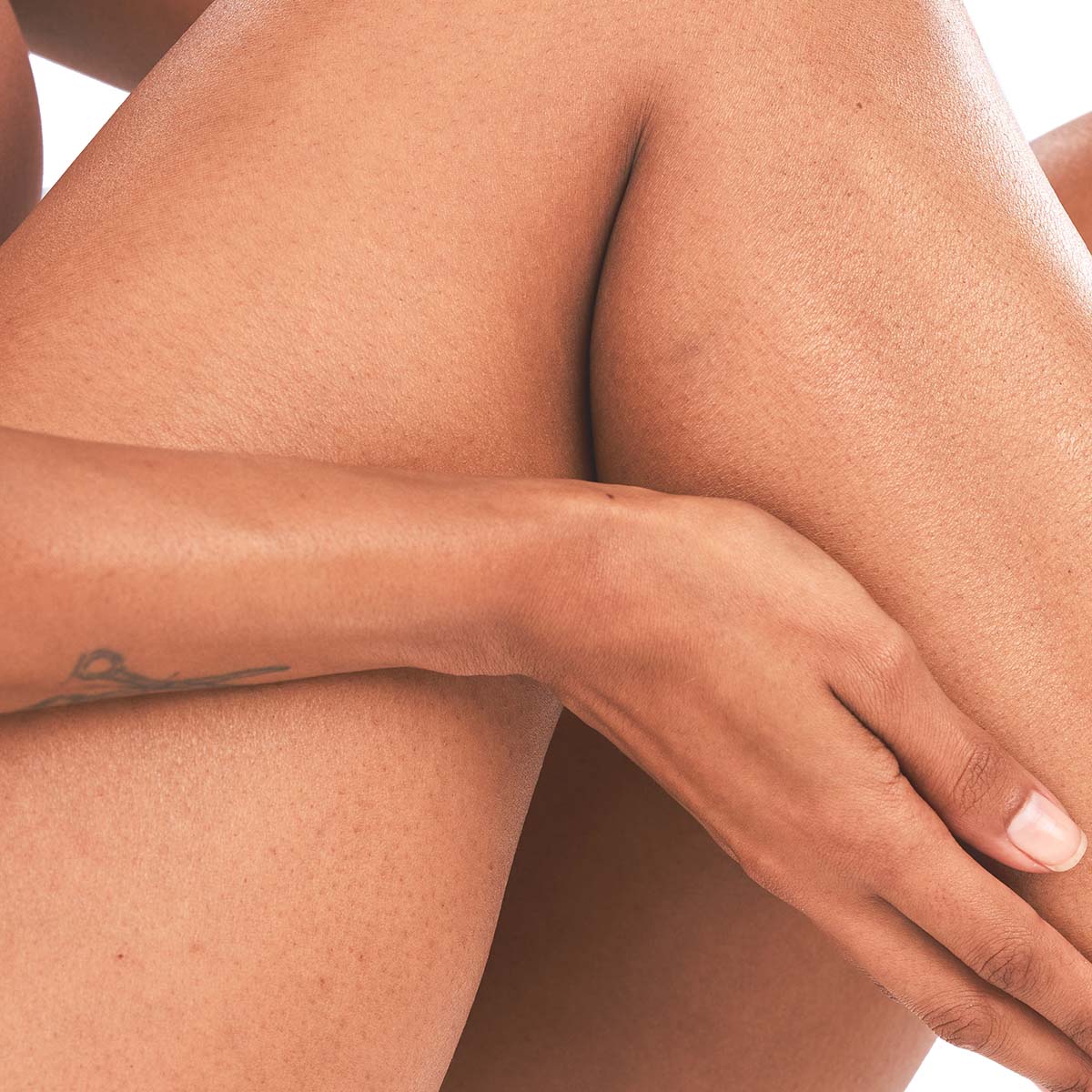
You’re probably thinking: I’ve tried scrubbing it. I’ve tried moisturising it. I’ve tried ignoring it. Nothing works.
Here’s the truth: You can’t scrub KP away. In fact, over-scrubbing can inflame it more. What your skin really needs is smart exfoliation + deep hydration.
KP isn’t curable, but it’s absolutely manageable.
🧽 Chemical Exfoliation (Not Scrubbing!)
Avoid aggressive scrubs and loofahs that can irritate skin and worsen pigmentation.
Instead, opt for gentle chemical exfoliants:
💧 Hydration+ Barrier Repair
Hydration is non-negotiable. You need actives and moisture to get real
results.
🧯Anti-Inflammatory Ingredients
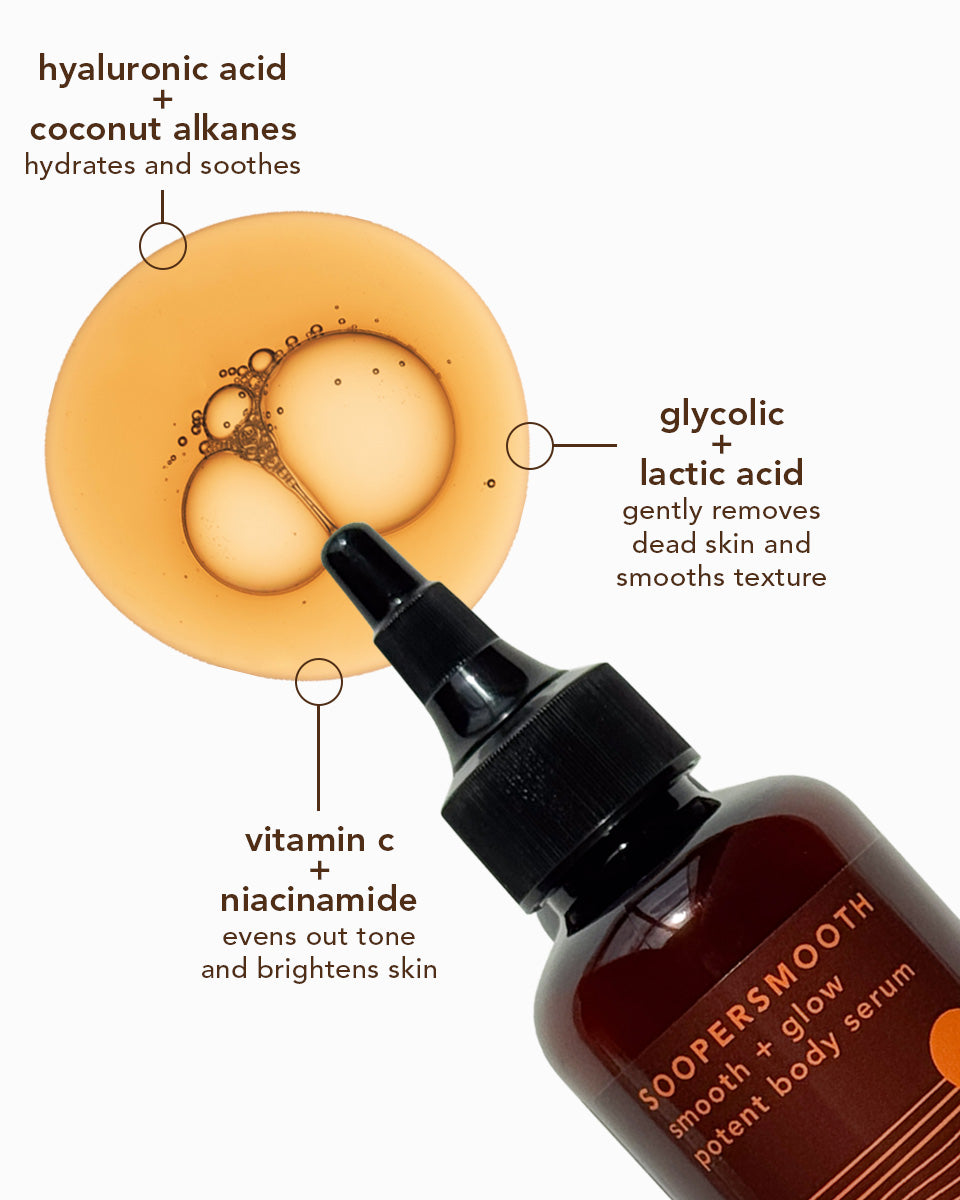

It is made specifically for Indian skin, and it doesn’t stop at just exfoliating. It smooths and brightens and hydrates.
What’s inside Soopersmooth:
It’s a do-it-all formula. No need to layer 3 different lotions and serums just to get your body skin to behave. And unlike the harsh body lotions your aunties used to swear by, this one’s clean, vegan and non-sticky.
Use it daily (twice if your skin can handle it), especially after a shower. Stick with it for 2-3 weeks, and you’ll notice that your skin isn’t just smoother — it’s glowier and more even-toned, too.
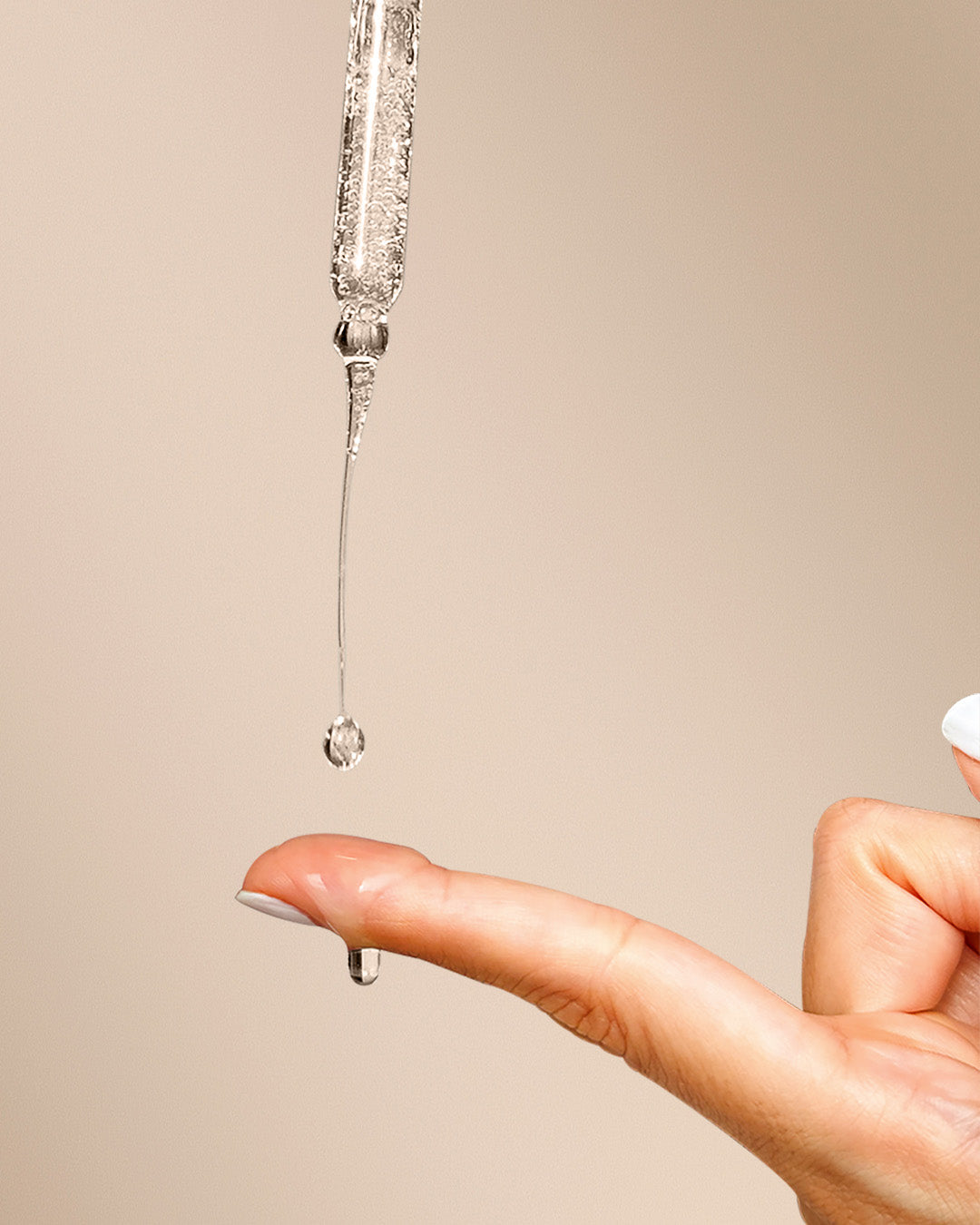
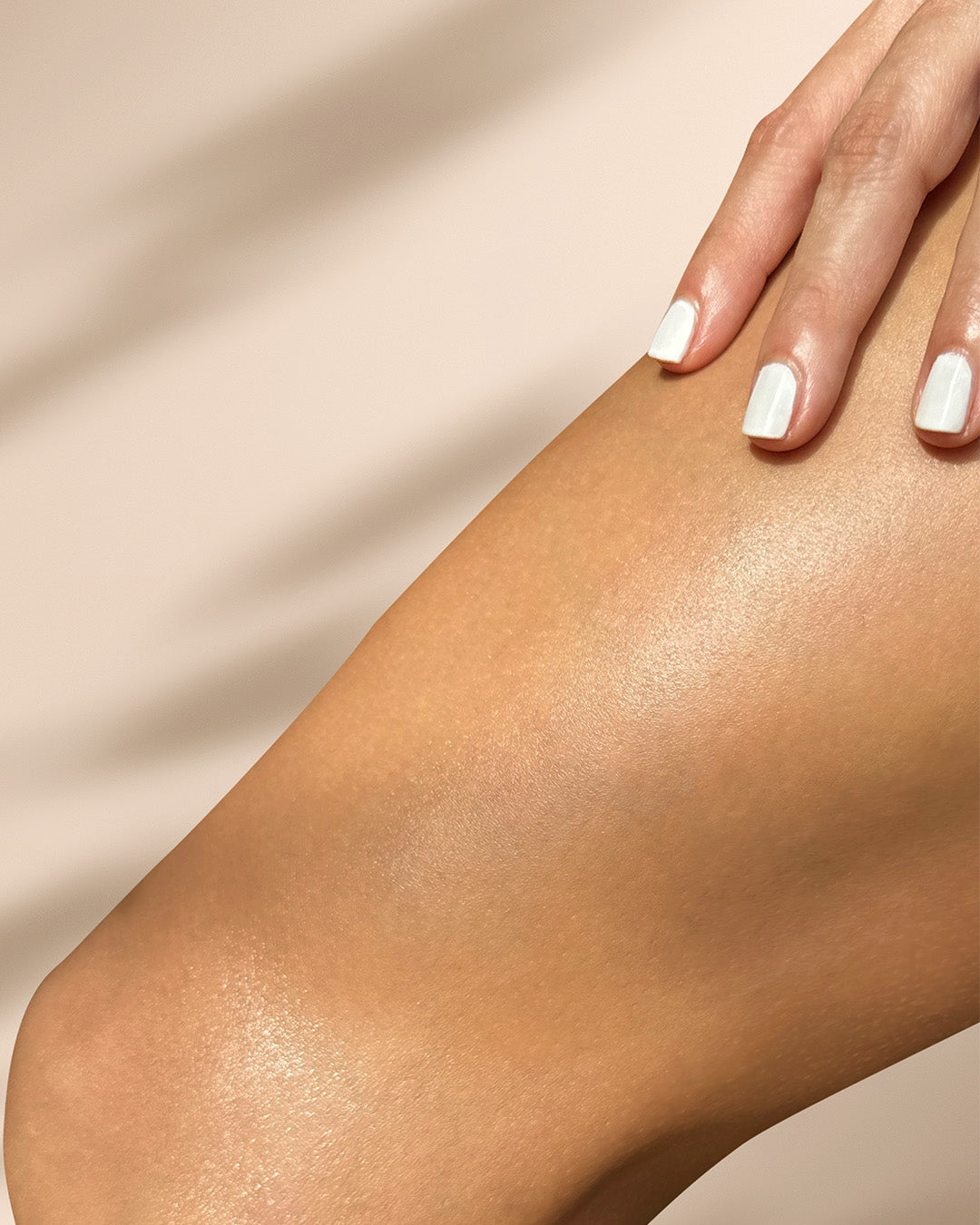






Glycolic acid + Lactic acid
polish and smoothen rough, bumpy skin
Vitamin C + Niacinamide
brighten and even out skin tone
Hyaluronic acid + Sweet Violet Extract
hydrate and nourish skin






American Academy of Dermatology Association – Keratosis Pilaris Overview
Cleveland Clinic – Keratosis Pilaris
Mayo Clinic – Keratosis Pilaris
DermNet NZ – Keratosis Pilaris
National Center for Biotechnology Information – KP in skin of colour
Indian Journal of Dermatology – Keratosis Pilaris in Indian skin
New York Times – What to Do About Keratosis Pilaris